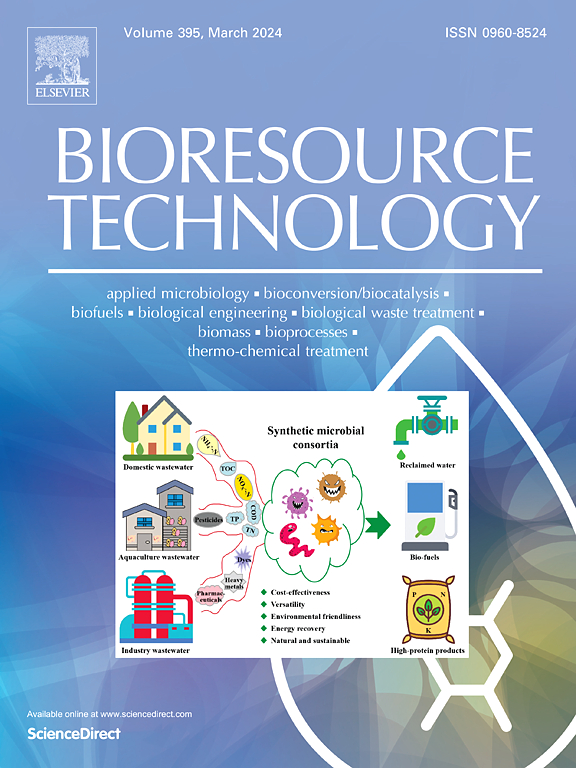High-throughput community and metagenomic elucidate systematic performance variation and functional transition mechanisms during morphological evolution of aerobic sludge
IF 9.7
1区 环境科学与生态学
Q1 AGRICULTURAL ENGINEERING
引用次数: 0
Abstract
In this study, high-throughput sequencing and metagenomics were used to investigate the microbial succession and functional gene dynamics during aerobic sludge granulation from activated sludge (AS) to aerobic granular sludge (AGS) to algal-bacterial granular sludge (ABGS). It was found that the settleability and pollutant removal efficiency of the sludge system increased with the sludge morphology evolution. Extracellular polymeric substances (EPS) analysis showed a rise in protein from 2.1 to 17.4 mg/gSS during stage of AGS and polysaccharides from 3.3 to 5.9 mg/gSS during stage of ABGS. Microbial community analysis revealed that the sludge evolution reduced species richness but enriched functional bacteria for nitrogen/phosphorus removal, while increasing the complexity of community structure and close interactions between species. Key genes involved in the tricarboxylic acid cycle, nitrogen/phosphorus and EPS metabolism were also upregulated. This study revealed the continuity mechanism and stage dependence of the functional transition during sludge morphology evolution.

求助全文
约1分钟内获得全文
求助全文
来源期刊

Bioresource Technology
工程技术-能源与燃料
CiteScore
20.80
自引率
19.30%
发文量
2013
审稿时长
12 days
期刊介绍:
Bioresource Technology publishes original articles, review articles, case studies, and short communications covering the fundamentals, applications, and management of bioresource technology. The journal seeks to advance and disseminate knowledge across various areas related to biomass, biological waste treatment, bioenergy, biotransformations, bioresource systems analysis, and associated conversion or production technologies.
Topics include:
• Biofuels: liquid and gaseous biofuels production, modeling and economics
• Bioprocesses and bioproducts: biocatalysis and fermentations
• Biomass and feedstocks utilization: bioconversion of agro-industrial residues
• Environmental protection: biological waste treatment
• Thermochemical conversion of biomass: combustion, pyrolysis, gasification, catalysis.
 求助内容:
求助内容: 应助结果提醒方式:
应助结果提醒方式:


